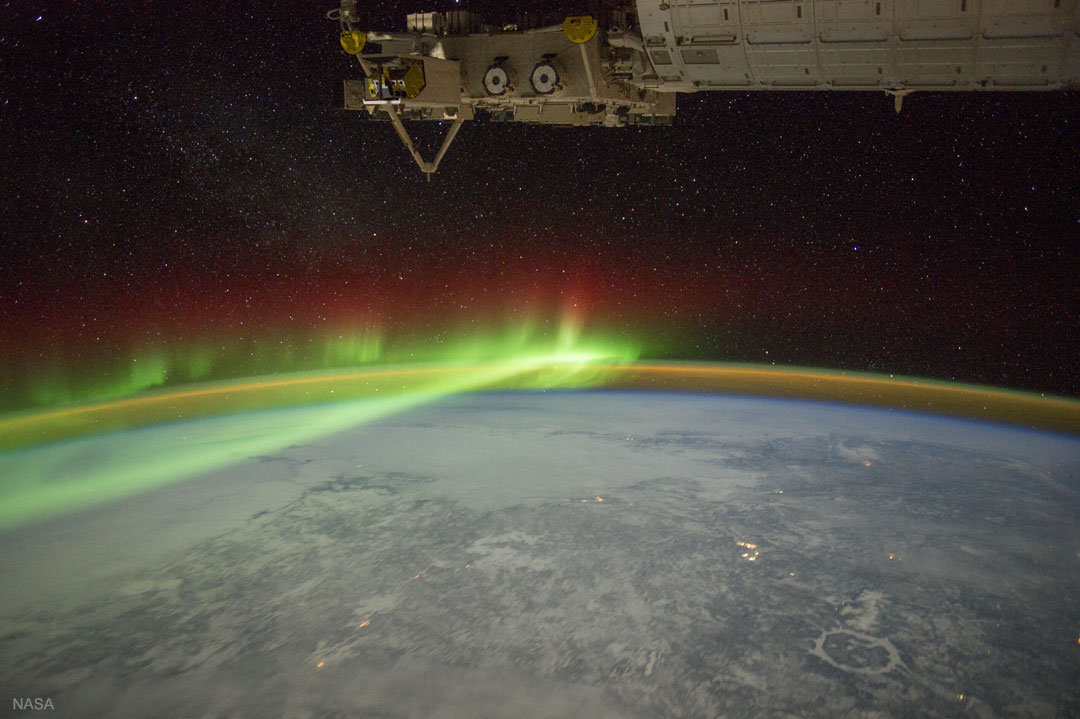NASA has selected 10 companies to conduct studies and advance technologies to collect, process and use space-based resources for missions to the Moon and Mars.
from NASA https://ift.tt/2JgoWSy
via IFTTT![]()
NASA has selected 10 companies to conduct studies and advance technologies to collect, process and use space-based resources for missions to the Moon and Mars.
from NASA https://ift.tt/2JgoWSy
via IFTTT![]()
NASA has definitized additional requirements under the Joint Polar Satellite System Common Ground System contract with Raytheon, IIS of Aurora, Colorado.
from NASA https://ift.tt/2kE3RU3
via IFTTT![]()
NASA invites media to learn the latest about its national campaign to test and refine its Unmanned Aircraft Systems (UAS) Traffic Management (UTM) technologies at 10 a.m. PDT Wednesday, June 6, at the agency’s Ames Research Center in Silicon Valley, California.
from NASA https://ift.tt/2H8VoBf
via IFTTT![]()

NASA will host a media briefing at 1 p.m. EDT Monday, June 4, on the agency’s mission to explore Earth’s ionosphere and the processes there that impact life on Earth’s surface. The event will air live on NASA Television, the agency’s website and Facebook Live.
from NASA https://ift.tt/2IWe5tr
via IFTTT![]()
Three of the crew members currently aboard the International Space Station are scheduled to end their mission on the orbiting laboratory on Sunday, June 3. A few days later, another trio of space travelers will depart for the station on a launch scheduled for Wednesday, June 6. Live coverage of both the landing and launch will air live on NASA Tele
from NASA https://ift.tt/2GZDG3d
via IFTTT![]()
